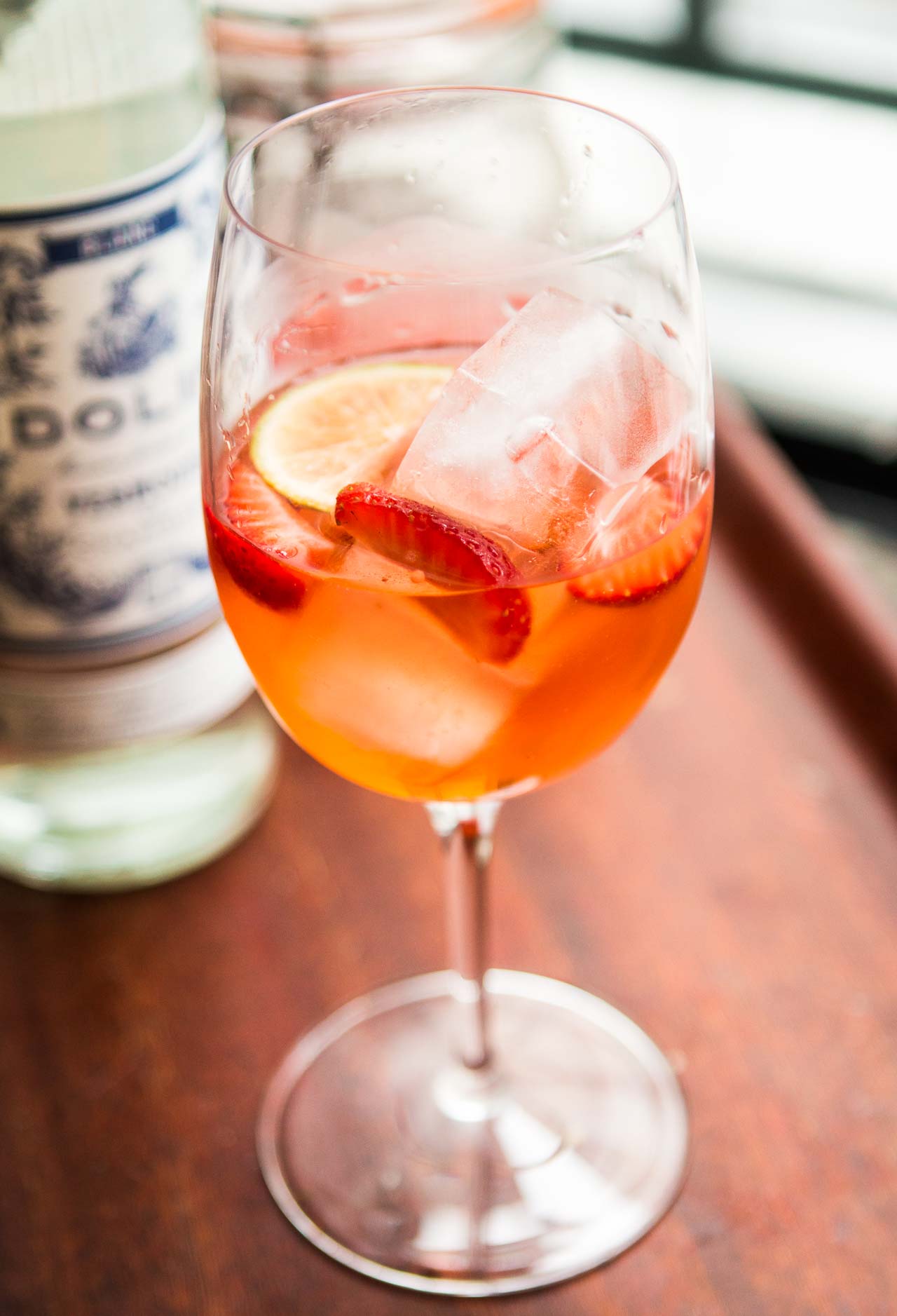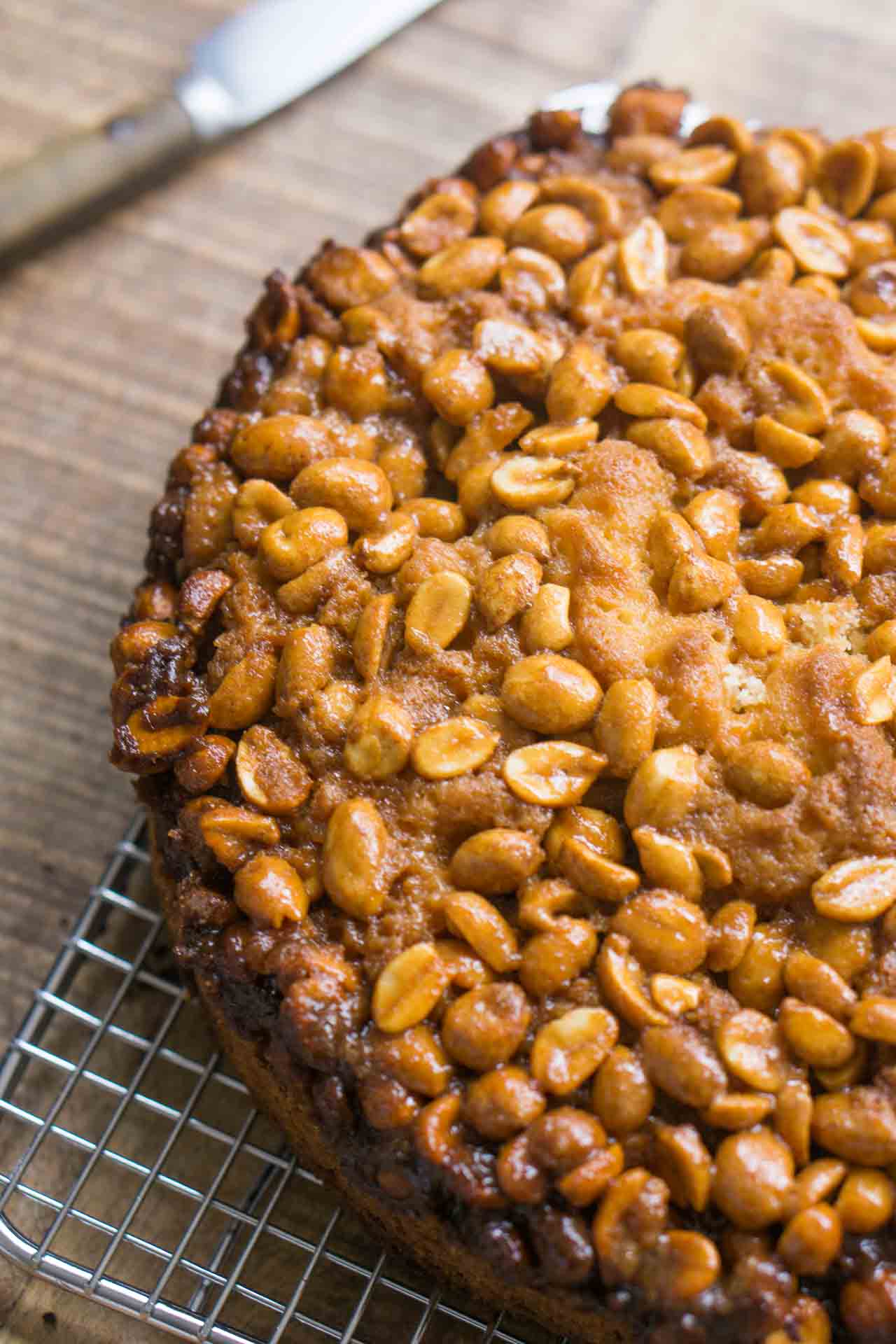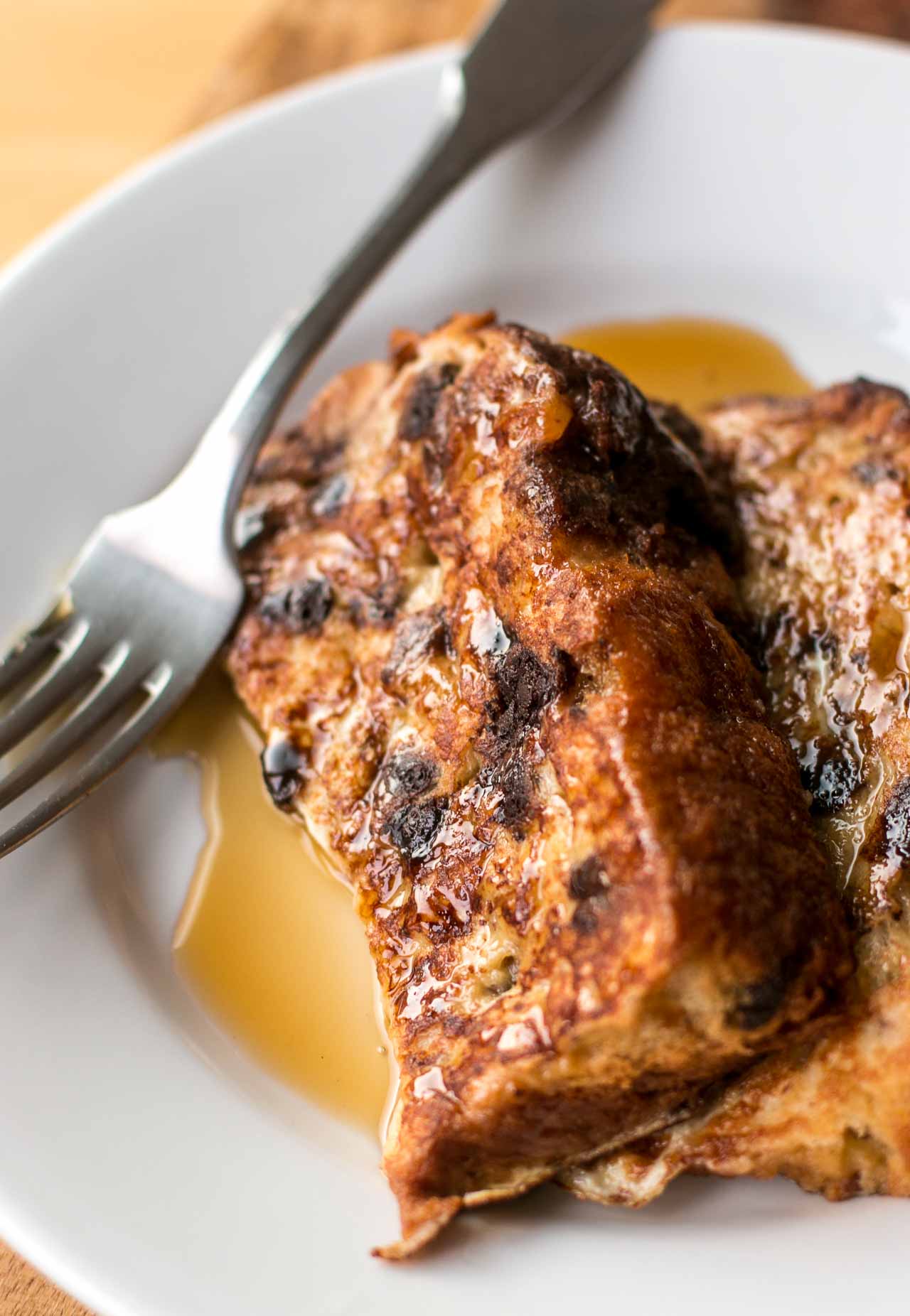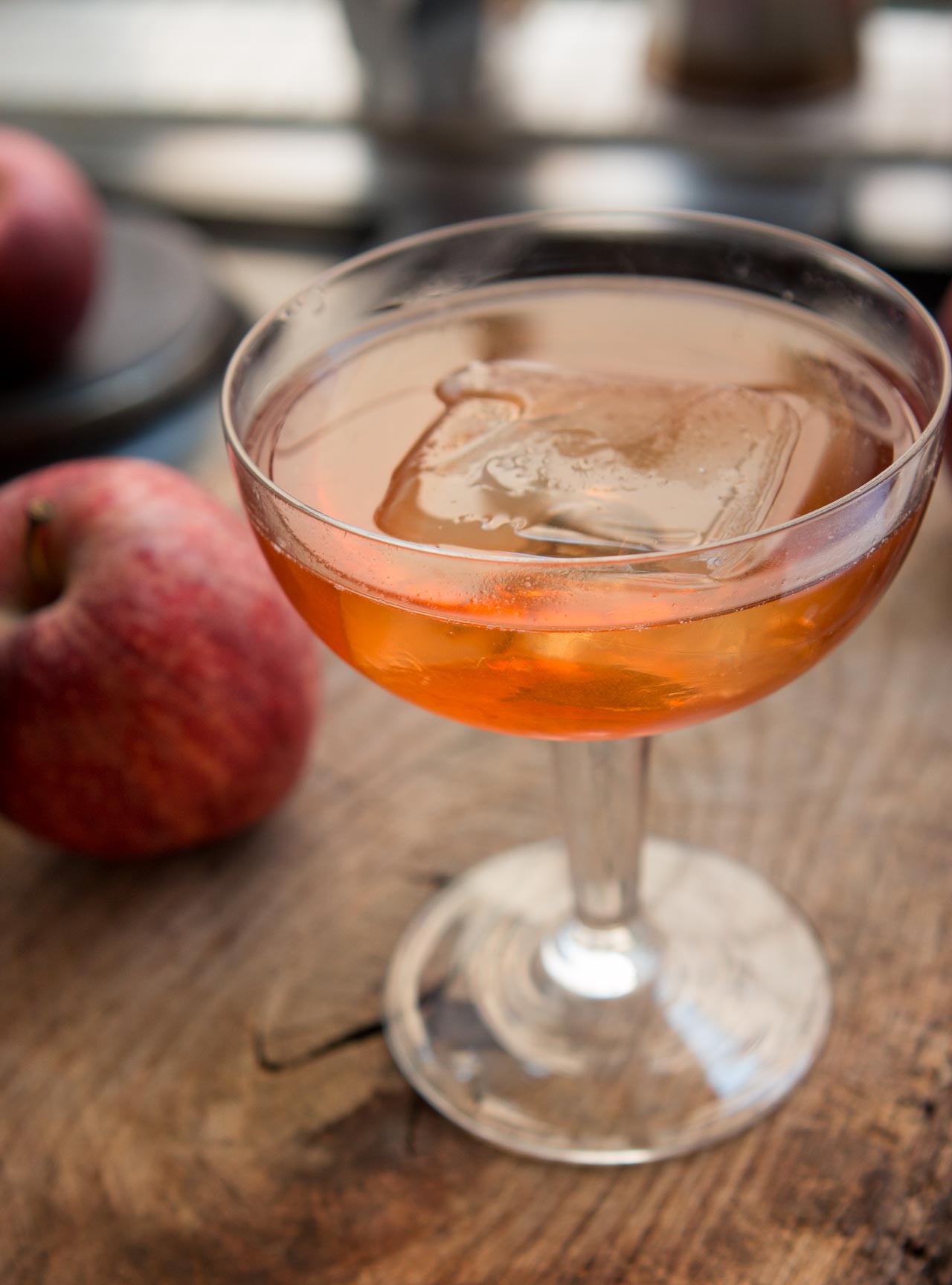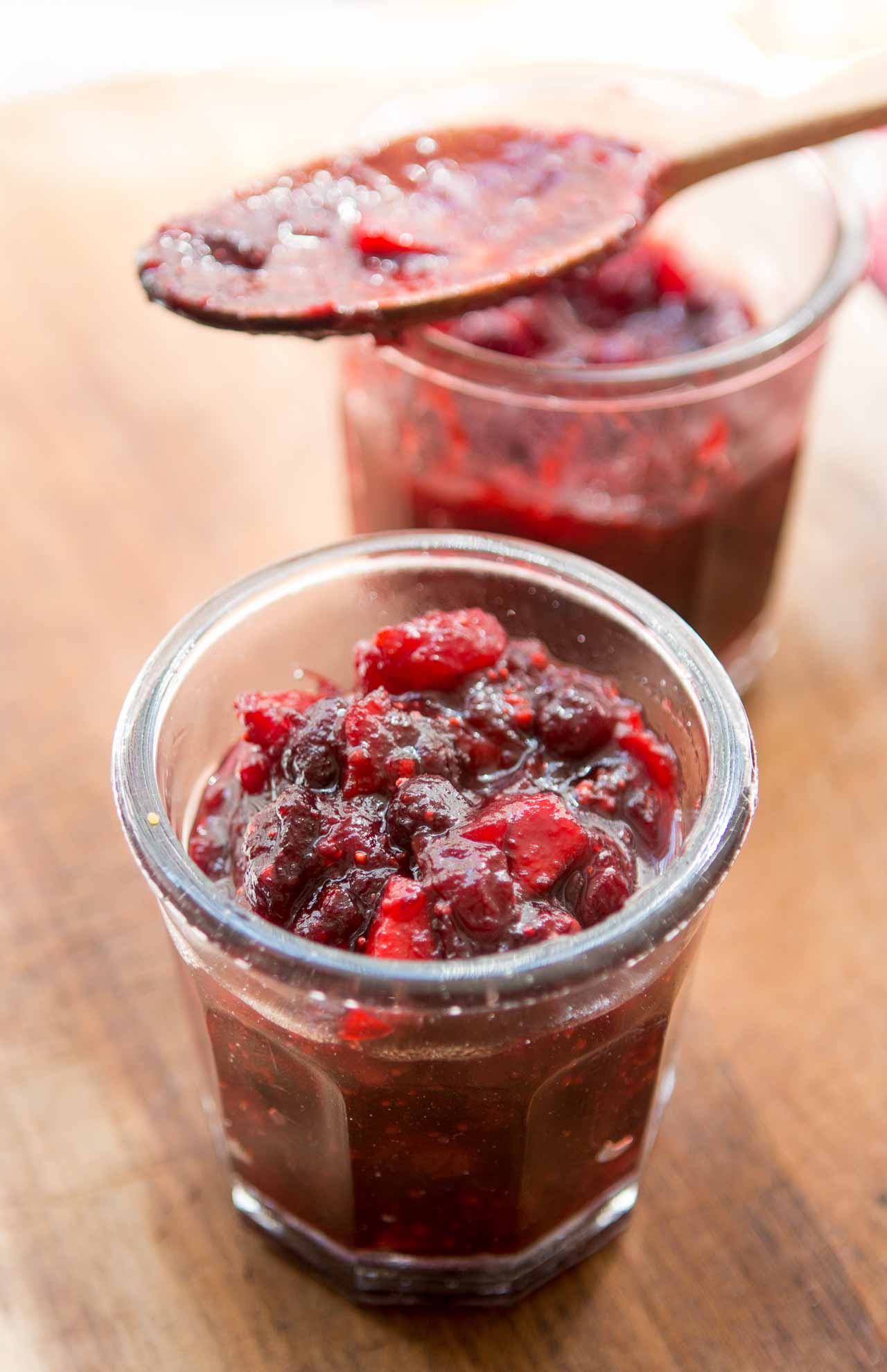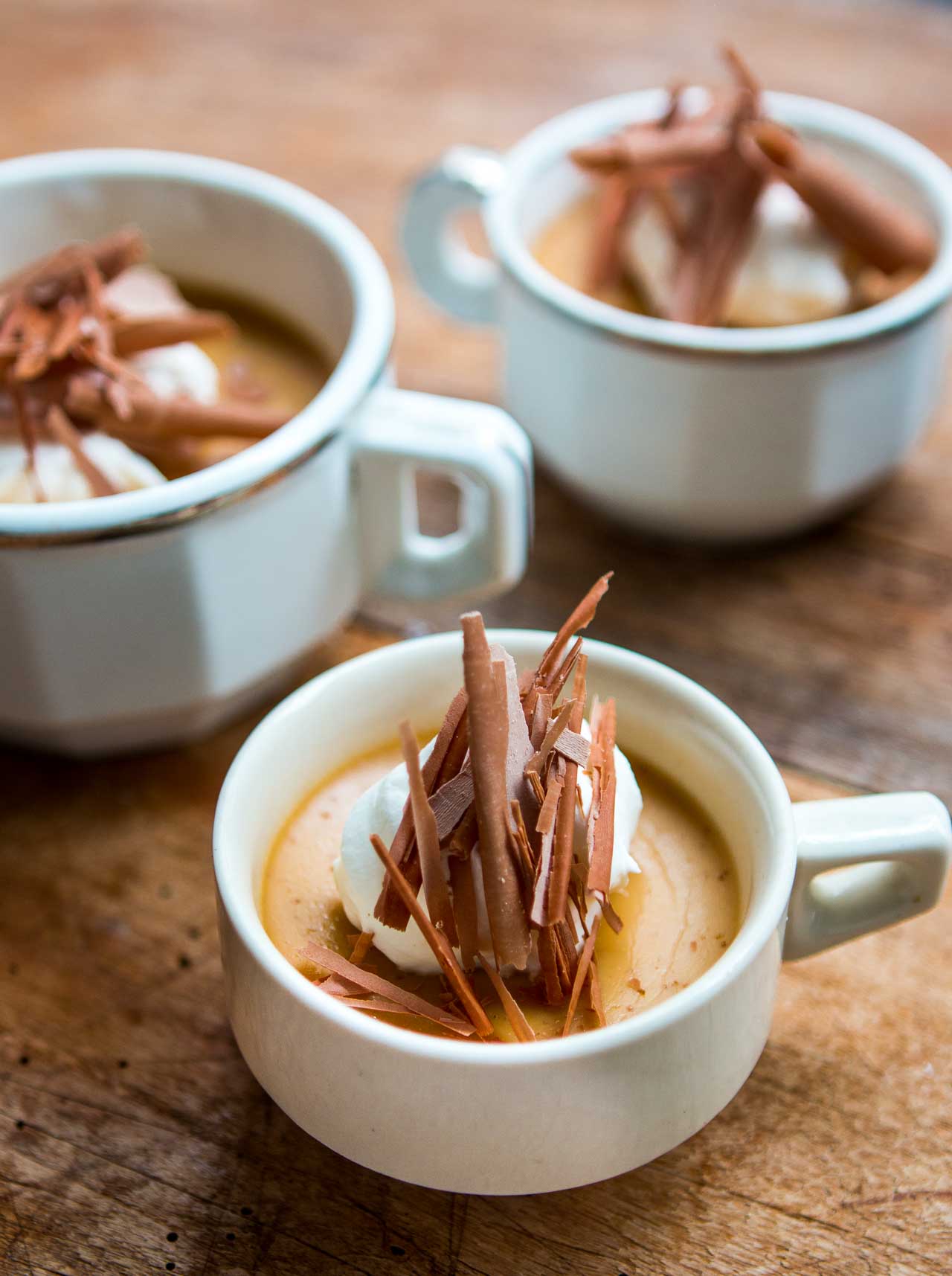Stupid Boy
One of the hardest things about living in any foreign country is, of course, the language. Seriously, learning any language is really hard I’m sure, but anyone who can master French, who wasn’t pushed from the womb and spent their lifetime in an all-French speaking environment, I take my chapeau off to you. For the rest of us, it’s a challenge. Even the most mundane task, like writing a check, often requires a consultation with le dictionnaíre.

Last week, for example, I was looking for hand lotion (sans le dictionnaíre). As I combed the aisles at Monoprix, I finally found the moisturizer aisle, lined with lots of pretty pink and white bottles. So I picked a few up, reading the labels. After a careful reading and I finally found one that seems like what I was looking for, “Hmmm, that seems about right,” I thought to myself. As I go, I notice I’m getting some strange looks from the women milling around me, but assume it’s because they’re not used to people reading the labels of moisturizers as if they were Camus. As I make my way to the caisse, the cashier, while standing in line, I re-read the label, picking up a line on the label noting the lotion I’m toting around was intended for cleansing, um, shall we say, ‘intimate areas’. And presumably not for men.
(And even if I was, do you think I’d share that with you here?)
So it was no wonder that I got a few strange looks going back, trying to be non-chalant, and returning it to the shelf avoiding eye-contact with anyone in the process.
I’ve gotten in so much trouble mangling the language it’s no longer funny (well, actually it is…) One of my most infamous stories, that I think I may have recounted here before, I was at my favorite épicerie and I wanted red currant, or groseille jam.
So in my picture-perfect French, I said, “Je voudrais le confiture de gros selles (which I pronounced as ‘gross sells’), s’il vous plait.” She looked at me, her eyes incredulous that she couldn’t possibly believe her ears.
It was after a moment, I realized I meant groseilles (pronounced ‘gro-zay’).
I had asked for Big Turd Jam.
But even the French have trouble with their own language. I was at the Petit Palais museum recently with a gal pal (see video above), and came across a Nature Morte, which literally translates to ‘Dead Nature’, but actually means ‘Still Life’. There was one Nature Morte ‘aiguière’, a still life of a peeled orange. So I asked the attendant what an ‘aiguière was, and she was stumped. So she asked another attendant, who didn’t know either. It’s not even in my dictionary, which boasts 120,000 traductions. (Béa…help!)
About a year ago, I had just returned for leading a tour to Italy. My group visited Biella, a city famous for its mountaintop convent. One you’ve made the climb up to the majestic mountain, ensconced in the convent is a Madonna, made of black wood. She’s known, of course, as The Black Madonna (not to be confused with the Jewish Madonna, in America.)
At a dinner party back in Paris, I was recounting how exciting it was to climb this mountain in Italy, to see the ‘Verge noir’.
“It’s amazing, so beautiful to see,” I continued, “and people came from all over to see and worship the verge noir!”
Meanwhile, everyone’s looking at me with a bit of shock, and panic. As I keep talking, I’m explaining the beauty and magnificence of le verge noir. “It’s fantastic. Really a magnificent work of art”, until a friend leans over and says that he thinks I mean the magnificent ‘vierge noir’, the black virgin.
Not the magnificent ‘verge noir’, the black penis.
Ahem!
So I took it with a grain of salt when a French friend started calling me “Stupid boy!, which I told him was somewhat impolite. Then I realized what he meant to say, perhaps, was “Silly boy.” Or I hope he meant to say that.
Now to Anglophones, they are two very different things, but to a non-native English speaker, they’re rather different in meaning. “Don’t be stupid” is far different than “Don’t be silly.”
And, yes, sometimes even I am a stupid boy. For example, I know very little about some things, like Armagnac.
But the great thing about being a wonderful, giving, and caring person, is that occasionally you get rewarded for it and lavish gifts get bestowed upon thee.
Or me.
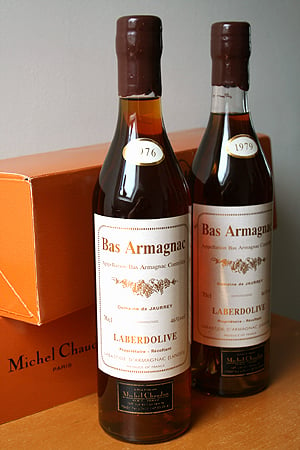
After leading a Paris Chocolate Tour last spring, some of my guests bestowed upon me these lovely bottles of Armagnac. Of course, I was thrilled especially since the packaging revealed they were from Michel Chaudun’s chocolate shop and one had a lovely box of his superb chocolates discreetly hidden inside. But I wasn’t aware of how truly special those bottles were. When I wrote Kate about them, who lives in Gascony (the epicenterfor Armagnac), I could hear the gasp all the way to Paris, and she told me that I didn’t just have “the best”, but that I had “the best of the best”.
Living in France, I like to try a new cheese, wine, or whatever I can get my hands on (except tripe, which I don’t feel any great need to familiarize myself with), tasting new things while mulit-tasking and expanding my vocabulary. And although I thought my precious bottles of Armagnac might remain on my Too Good To Use shelf, they didn’t for very long.
So I may be a ‘Stupid Boy’, but I do know about baking and chocolate. And so you’re not a ‘Stupid Boy’ (or girl) you might want to know that Champagne Chocolate Truffles don’t contain any Champagne, but are made with Cognac. I got into an online tiff on eGullet with someone who insisted I was wrong (and some of those eGullet folks get real nasty). She had seen a New York-based French chocolatier on television pour Champagne into his truffle mix. When I went to look at his recipe, sure enough, he did use true Champagne. He also called for a specific brand, and after some checking, I found out…surprise!…the Champagne company is one of his many sponsors.
But for the most part, Champagne in truffles means Cognac and derives from the old French term champaigne which means ‘open-field’, according to the Bureau National Interprofessional du Cognac.
(If that woman from eGullet is reading this, take it up with them, girlfriend…)
Both Armagnac and Cognac are distillations made from grapes, varieties which are generally not used for making ordinary table wine. Like Cognac, Armagnac is a region in France. It’s closely associated with Gascony and it’s cuisine (prunes and Armagnac, for example) and produced in the Pyrenees.
Cognac is farther north, on the Atlantic coast, near where oysters are farmed off the Ile de Ré. The salt from the region is famous as well. Armagnac is distilled once, while Cognac is distilled twice and I find when tasting the two, Armagnac feels more rugged to me, which is part of its appeal. Its flavors seems to be fuller and more complex while Cognac is more delicate and refined. It’s been said that “Cognac is the girl you can bring home to meet your parents, while Armagnac is the one you keep hidden away.”
So if I was making chocolate Champagne Truffles, theoretically I’d have to use fine Cognac. But if I had a choice of what to drink, I’m working my way through these bottles of Armagnac, which I’ve decided I’m not going to let sit on the self for too long.
What do you think I am…stupid?







